Picture ancient stargazers thousands of years ago, tracking celestial movements across the night sky, crafting stories that would echo through millennia. They didn’t just map the stars; they wove a tapestry of meaning that continues to captivate your imagination today. From the golden fleece of Aries to the cosmic mysteries of Pisces, each zodiac sign carries within it layers of truth, mythology, and enduring questions about human nature itself.
Whether you’re a devoted believer or a curious skeptic, you can’t deny the magnetic pull these archetypal symbols have on modern culture. Let’s explore what secrets each sign truly preserves and discover why these ancient patterns still matter in our digital age.
Aries: The Golden Ram’s Fiery Legacy
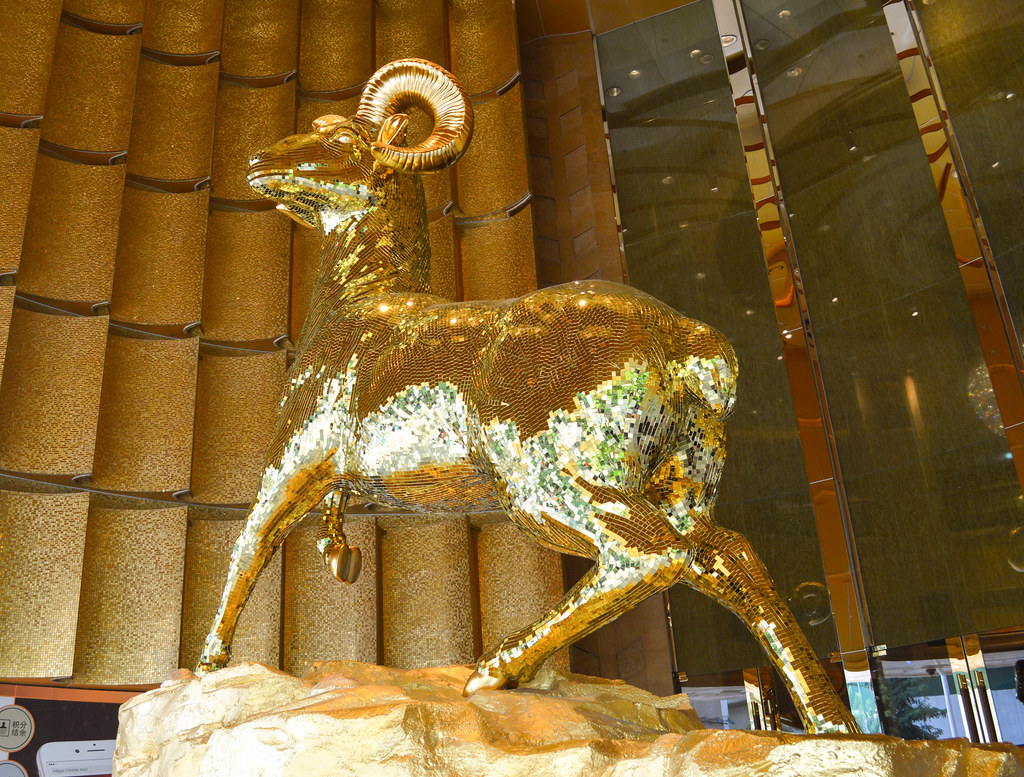
You’ve likely heard the tale of Jason and the Golden Fleece, yet this mythological treasure represents far more than ancient adventure. While Aries is associated with the Greek myth of Jason and the Argonauts. The ram’s golden wool wasn’t just precious metal; it symbolized divine protection and the courage to venture into the unknown.
Aries individuals are highly motivated, courageous people who are not afraid of confrontation and usually take challenges head-on, staying inspired through thick and thin. This fiery determination isn’t mere coincidence. The Golden Fleece quest brought together legendary warriors like Hercules, overcoming fire-breathing bulls and stone warriors born from dragon’s teeth.
What truth does Aries preserve? The essential human need for pioneers who dare to begin new chapters. Aries symbolizes the vitality of its animal symbol, the ram, reflecting extraverted vigor and a capacity for continual regeneration. The myth reveals something profound: courage isn’t the absence of fear but the willingness to move forward despite uncertainty.
Taurus: The Bull’s Earthbound Wisdom
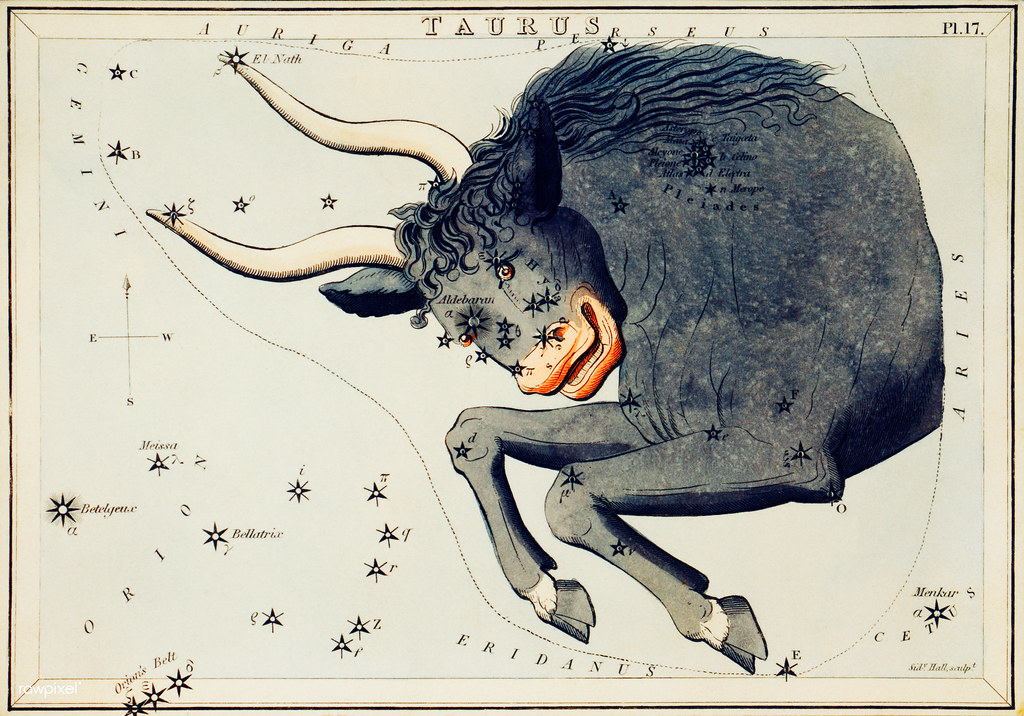
The constellation of Taurus is associated with the Greek myth of Europa, who was ravished by Zeus after he took the form of a white bull, with Taurus representing Zeus in this state. Yet this ancient story carries deeper meaning about desire, transformation, and the power of steadfast determination.
Contemporary Taurus individuals embody these mythological qualities in surprisingly practical ways. Taurus is one of the most dependable, hardworking, and determined signs, with a very practical approach to life that mostly gives them results. The bull’s persistence isn’t stubbornness; it’s the recognition that some things worth having require sustained effort.
Europa’s descendant Minos claimed the gods answered his prayers to win favor, asking Poseidon to send him a bull and promising to sacrifice it, but when the divine bull appeared Minos kept it and sacrificed another instead, leading to consequences that teach about the sacredness of contracts. The Taurus archetype preserves the truth that integrity in our commitments forms the foundation of lasting success.
Gemini: The Eternal Dance of Duality

Gemini is associated with the mythological twins, Castor and Pollux, known as the Dioscuri, who were granted immortality and placed in the sky as the constellation Gemini, symbolizing duality, versatility, and the harmonious balance of opposites. This isn’t just an ancient story about brothers; it’s humanity’s earliest exploration of internal contradiction.
Castor and Pollux were sons of Leda, with Pollux being immortal but Castor mortal, and when Castor was eventually killed, Pollux asked Zeus to reunite him with his fallen brother, leading Zeus to turn them both into the constellation Gemini. The myth preserves something essential about human nature: we all contain multitudes, contradictions that make us complete rather than broken.
Modern Geminis reflect this ancient wisdom through their adaptability and intellectual curiosity. Gemini has the required ability to easily adapt to any situation, can easily flourish in any given circumstance and are known to be quite intelligent, though they can be seen to be quite indecisive in their decision-making process. The sign preserves the truth that embracing our contradictions leads to greater understanding and connection with others.
Cancer: The Crab’s Protective Shell

In Greek mythology, the story of Cancer involves a crab ordered by Hera to attack Hercules during his mission to kill the Hydra, and though the crab squeezed one of Hercules’ toes and was kicked into the sky, Hera drew the image of the crab into the stars as gratitude for its loyalty. This seemingly simple tale reveals profound truths about loyalty and sacrifice.
The Cancer archetype preserves something essential about human survival: the necessity of creating safe spaces. Cancer individuals are nurturing, emotional, intuitive, protective, and empathetic, being family-oriented and sensitive while valuing home and security. Their protective instincts aren’t weakness; they’re recognition that vulnerability requires boundaries.
Cancer is linked to the mythological story of the Twelve Labors of Hercules, where the giant crab was sent by goddess Hera to hinder his progress, representing protectiveness, nurturing instincts, and the importance of emotional strength. The crab’s shell isn’t just armor; it’s a mobile home, teaching us that security comes from within, not from external circumstances.
Leo: The Lion’s Royal Authority
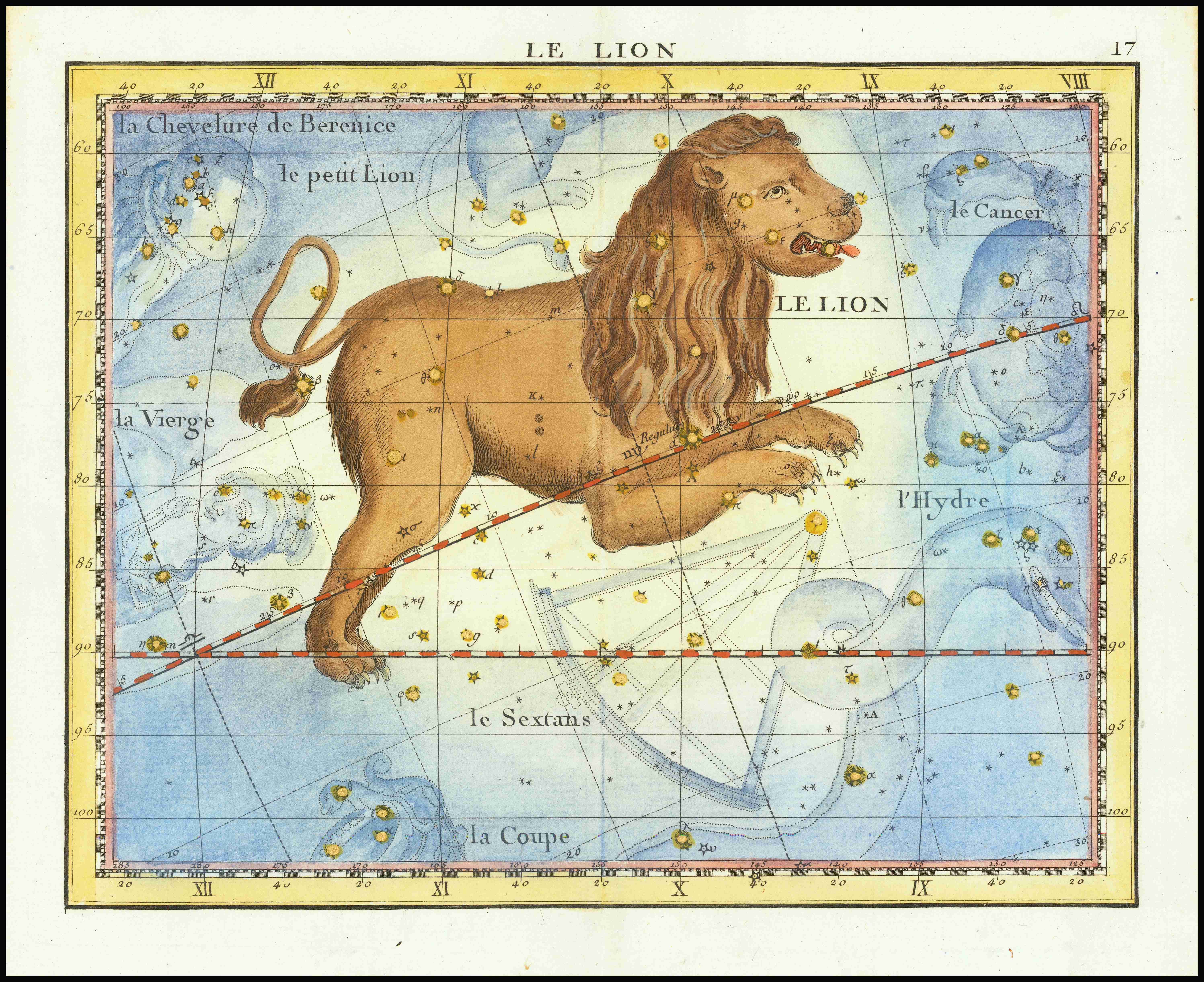
Leo represents the Nemean Lion, a creature residing in Nemea that killed all those unlucky to cross its path, with skin that could not be penetrated by mortal weapons and claws that could rip open armor, until Heracles strangled it as his first Labour, after which Hera placed the beast amongst the stars as Leo. This myth reveals something powerful about true strength.
The Leo archetype preserves the mystery of natural authority. In ancient times, the Sun reached its summer zenith in the constellation of the lion, and since then, the lion has been a symbol of strength, power and majesty, with Leo being the sign linked most closely to the Sun itself. Leadership isn’t about domination; it’s about inspiring others to find their own courage.
Leos are ruled by the Sun, but the world doesn’t revolve around them, and they can turn people off with their demand for attention, even if they don’t realize it, as their ego is the biggest in the zodiac yet somehow the most fragile too. The myth preserves the truth that genuine leadership requires both confidence and humility, strength tempered by wisdom.
Virgo: The Harvest Maiden’s Perfectionism

Virgo is connected to Astraea, the goddess of innocence and purity, who was the last god to leave earth when Zeus sent Pandora and her box released pain and misery into the world, and as legend has it, she will return when the Golden Age comes again. This isn’t just mythology; it’s humanity’s longing for perfection and purity in an imperfect world.
The Virgo archetype preserves something essential about human nature: the drive toward improvement and service. In the wheel of the zodiac, Virgo is the sign of the harvest, represented by the goddess holding a sheaf of wheat, and through careful craft and understanding of the mysteries of nature, the function of this sign is symbolically to sort wheat from chaff. This sorting isn’t criticism; it’s discernment in service of the greater good.
Virgos are diligent, considerate, and practical people who work hard and make sure loved ones are happy, being one of the hardest-working signs of the zodiac, though they may sometimes come off as obsessive perfectionists who fixate on tiny details. The myth preserves the truth that attention to detail isn’t neurosis; it’s how we create beauty and order from chaos.
Libra: The Scales of Eternal Justice

Libra is the only star sign represented by an inanimate object, with the scales of Libra held by Themis, the goddess of justice usually depicted wearing a blindfold, who is the mother of Astraea. This unique symbolism reveals something profound about balance as a living, dynamic force rather than static equality.
The Libra archetype preserves humanity’s deepest longing for fairness and harmony. Libra’s mythological connection lies in the story of Astraea, the Greek goddess of justice and fairness, often depicted holding the scales, symbolizing balance, harmony, and the pursuit of justice, resonating with Libra individuals’ inherent sense of fairness and diplomacy. Justice isn’t about rigid rules; it’s about finding equilibrium in relationships.
In 2024 Libra will see itself be a very happy bunch and will get many opportunities to make new alliances and friends which they will themselves seek, as their positive attitude and empathetic nature allow them to be friendly and adapt to new situations easily, though they usually end up avoiding uncomfortable situations that may need to be resolved. The scales preserve the truth that peace isn’t the absence of conflict but the courage to address imbalance with grace.
Scorpio: The Scorpion’s Transformative Power

Scorpio is linked to the mythological tale of the scorpion that stung Orion, the mighty hunter, with Orion eventually being defeated and placed in the sky as a constellation opposite the constellation of Scorpio. This cosmic positioning reveals something essential about the nature of power and transformation.
The Scorpio archetype preserves mysteries that other signs fear to explore. Scorpio is the most enigmatic of the zodiac signs, and where others might be content with what they can easily see or do, their courage takes them beyond, probing the depths to eliminate whatever is untrue, insincere, or no longer serving a useful purpose. This isn’t darkness for its own sake; it’s the recognition that growth requires letting go.
Rather than simply stating that Scorpio relates to transformation, the story of the scorpion and Orion creates a memorable illustration of how power can emerge from unexpected sources. The scorpion’s sting preserves the truth that sometimes the smallest among us carry the greatest capacity for change, and that endings are often beginnings in disguise.
Sagittarius: The Archer’s Quest for Truth
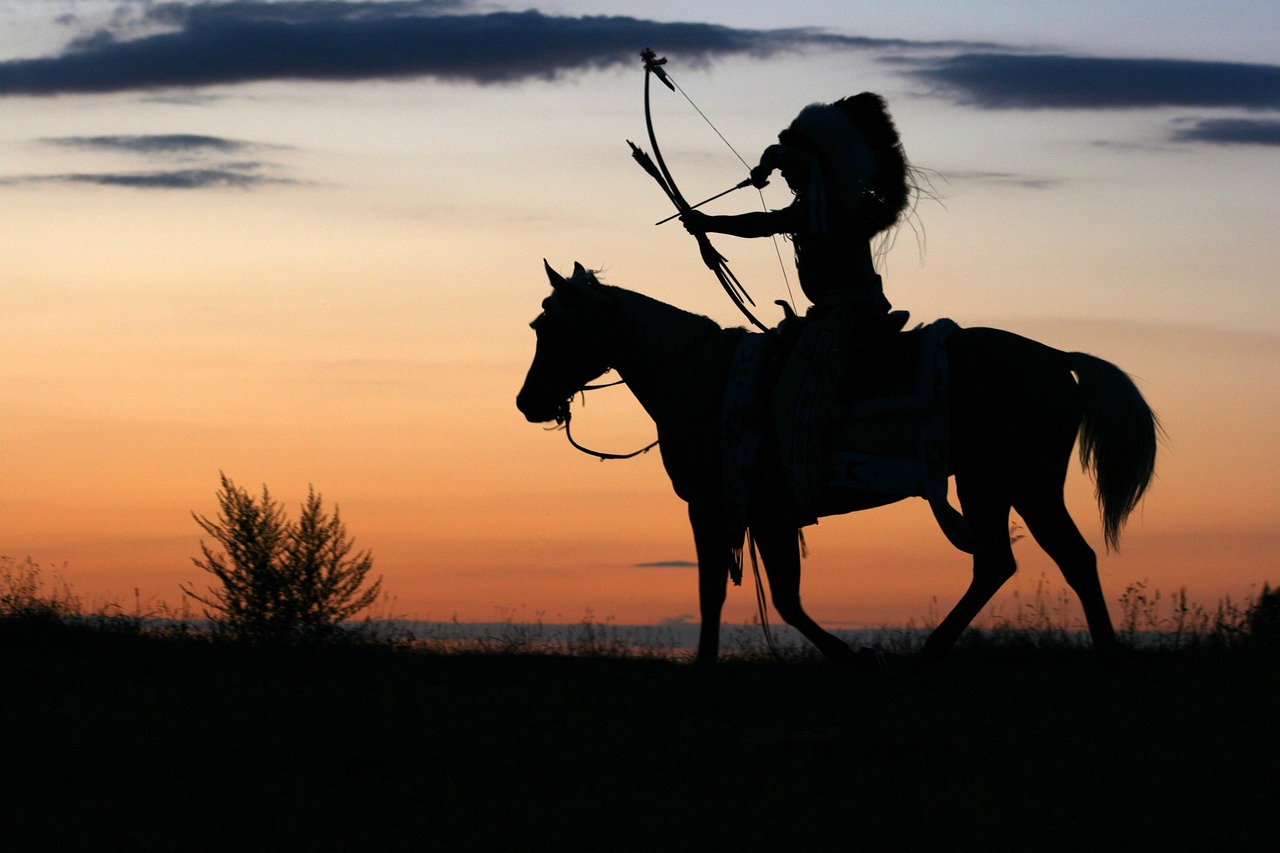
An alternative Greek mythological tale linked to Sagittarius sees the Archer named as Crotus, a satyr and son of the god Pan, who some tell invented the hunting bow and was a companion of the Muses of Mount Helicon, with the Muses requesting Crotus be placed amongst the stars as Sagittarius. This connection to the Muses reveals something profound about the nature of seeking and wisdom.
The Sagittarius archetype preserves humanity’s eternal quest for meaning and adventure. The archer shoots the arrow into the far distance, not knowing where it will land, and this is part of the excitement of life for Sagittarius, since they identify themselves as citizens of the world and long to see all that it has to offer, including thoughts of space travel and parallel universes. This isn’t restlessness; it’s recognition that growth requires expanding horizons.
The archer’s bow preserves the truth that wisdom comes through experience, not just study. From the daring adventures of Aries to the wisdom of Sagittarius, these mythological tales connect us to our collective human history and help us understand the archetypal energies within each zodiac sign. The arrow’s flight teaches us that sometimes we must aim toward the unknown to discover what we’re truly capable of becoming.
Capricorn: The Mountain Goat’s Steady Ascent
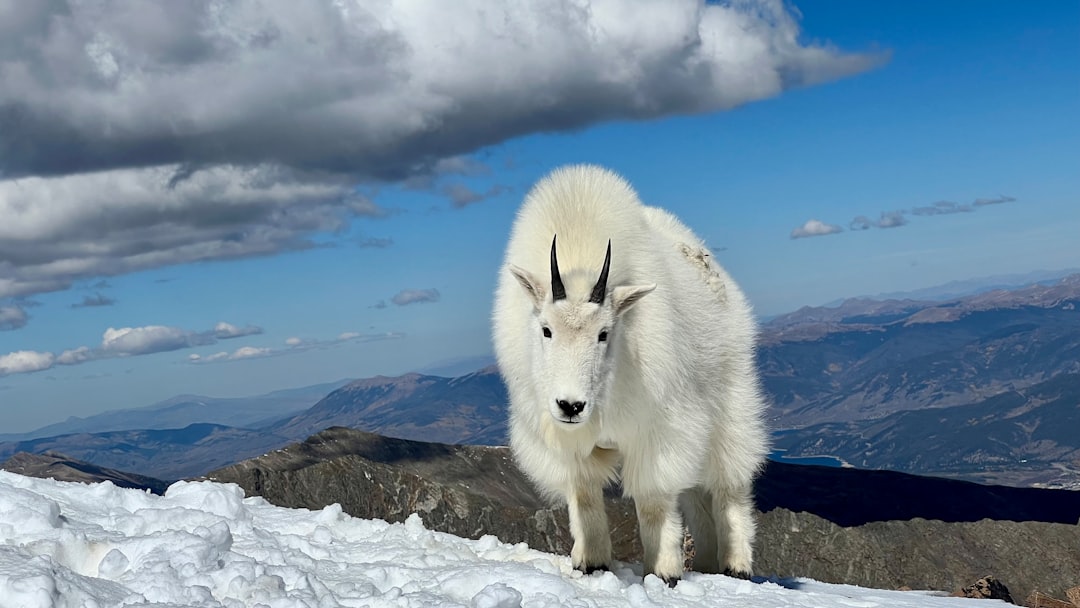
Capricorn, the Sea-Goat, has different creation myths – some tell of it being a likeness of the goat that suckled Zeus when he was a babe called Amalthea, others say it represents the god Pan or a Panes called Aegipan, a minor god who appears in Greek mythology twice assisting Zeus in battle. This multiplicity of origin stories reveals something essential about adaptability and service.
The Capricorn archetype preserves the mystery of patient achievement. Capricorn is the mountain goat, sure-footed in its determined ascent to the summit, with your trajectory being upwards, striving towards accomplishment and a position of respect. This isn’t mere ambition; it’s the recognition that some peaks can only be reached through sustained effort over time.
Capricorn’s top three traits are ambition, persistence, and discipline, preserving the truth that mastery requires both vision and the willingness to take one careful step at a time. The mountain goat’s sure-footed climb teaches us that success isn’t about speed but about never losing sight of the summit while remaining grounded in the present moment.
Aquarius: The Water Bearer’s Revolutionary Vision
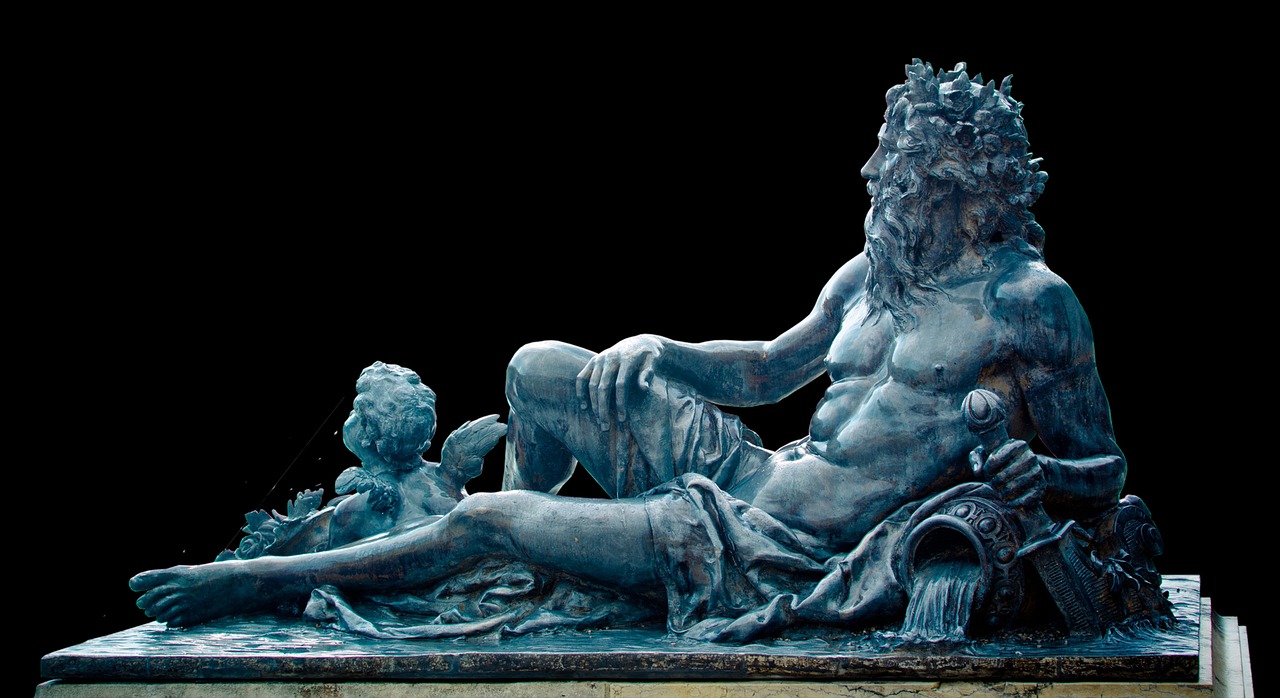
Aquarius finds its mythological roots in the story of Ganymede, a handsome young prince taken by Zeus to become the cupbearer of the gods, representing the Water Bearer who pours celestial waters that bring nourishment and enlightenment to humanity, symbolizing humanitarian nature and visionary ideals. This isn’t servitude; it’s the highest form of service.
The Aquarius archetype preserves humanity’s most revolutionary impulse: the desire to uplift all of society. Aquarius is the sign of the water bearer, a curious image since Aquarius is an air sign, with the water pouring so generously from the jar being a symbol of knowledge acquired, thoughtfully processed, and then poured forth in a never-ending stream for the benefit of others. This pouring represents the democratization of wisdom.
In Greek myth, Aquarius is associated with Ganymede, while deeper understanding comes from Egyptian and Mesopotamian cultures, where the god Hapi was the personification of Nile floods pictured pouring forth water, and the Mesopotamian god of waters was Ea/Enki. The water bearer preserves the truth that true innovation serves the collective good, not individual glory.
Pisces: The Fish Swimming Between Worlds

Pisces is the sign of the fishes, bound to each other by a cord, and in the constellation as in the astrological glyph, the fish are swimming in opposite directions, one upwards from the ecliptic and the other along it, representing the dilemma of Pisces: knowing that one must live in the world, but always longing to escape from it. This cosmic tension captures something essential about the human experience of existing between the material and spiritual realms.
The Pisces archetype preserves the mystery of imagination as a pathway to truth. Pisces are sensitive people who can easily recognize what other people are feeling, being quite intuitive and kindhearted, with people usually coming to them for wisdom or guidance, though sometimes being in touch with emotions means they can come across as sad souls. This sensitivity isn’t weakness; it’s a finely tuned instrument for understanding the emotional undercurrents that move through all human experience.
This myth seems to speak to a kind of primordial watery intelligence that was lost as life evolved into more land-based, rational forms, and philosopher Jean Gebser has theorized that in order for humanity to evolve past this rational structure of consciousness, it will have to relearn the more ancient mythic and primordial states. The swimming fish preserve the truth that wisdom sometimes flows backward, requiring us to remember what we’ve forgotten rather than simply acquiring new knowledge.
The Eternal Question: Science, Myth, or Human Truth?
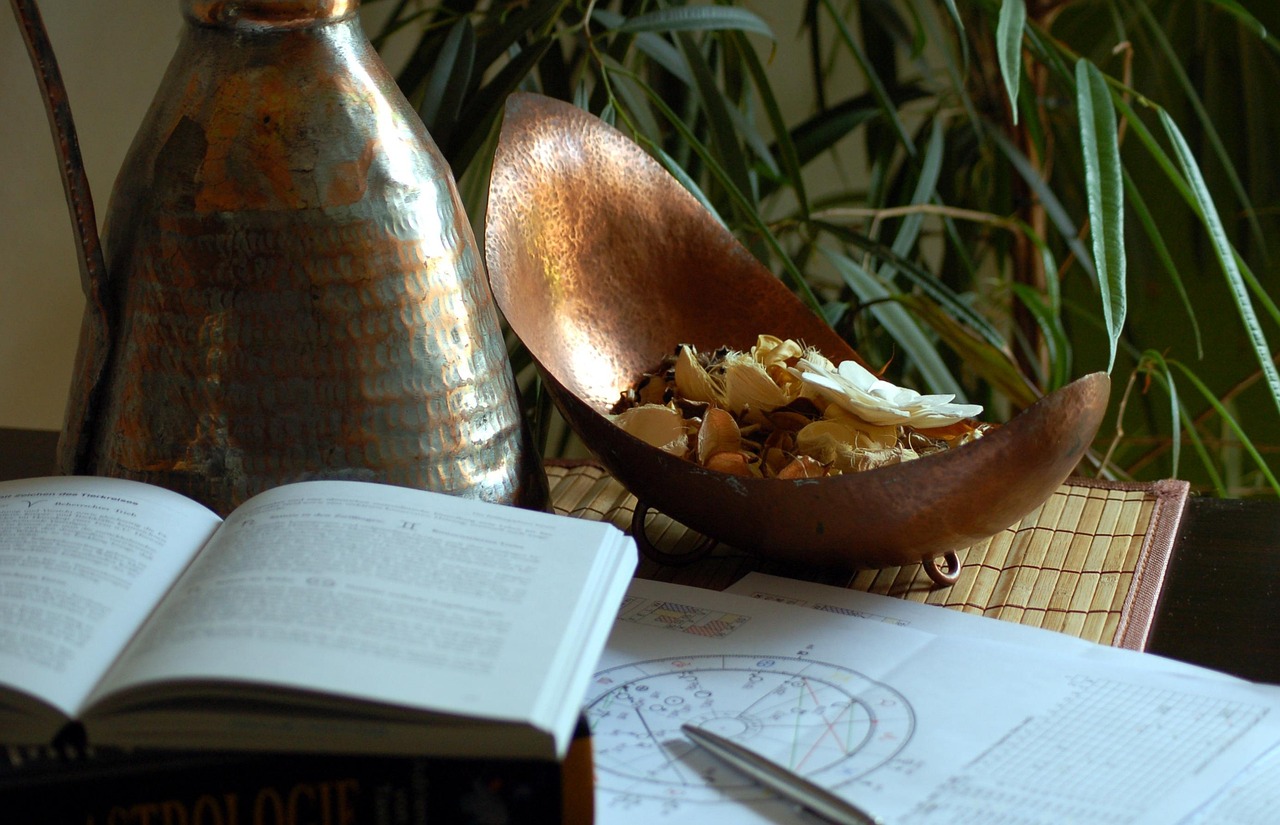
Here’s where things get fascinating: modern science has consistently found no evidence supporting astrological claims. Scientific testing has found no evidence to support the premises or purported effects outlined in astrological traditions, and where astrology has made falsifiable predictions, it has been falsified. Yet millions of people continue to find meaning in these ancient patterns.
The mystery isn’t whether the stars control our destinies; it’s why these archetypal stories continue to resonate across cultures and centuries. There is evidence that people drawn to astrology are religiously oriented but unaffiliated to a major religion, with the need for spirituality and meaning easily filled by an esoteric, decentralized system like astrology, and surveys show that astrology’s biggest draw is for people with an intermediate level of scientific understanding. This suggests something profound about human psychology and our need for meaning-making tools.
Perhaps what each zodiac sign truly preserves isn’t predictive power but psychological wisdom. Though contemporary astrology has evolved beyond its mythological origins, these ancient stories continue to shape how we interpret each sign, providing a rich symbolic language that helps modern readers connect with abstract astrological concepts. The real question isn’t whether astrology is scientifically valid, but whether these ancient archetypal patterns offer insight into the enduring aspects of human nature.
What emerges from this exploration is neither simple myth nor pure science, but something more nuanced: a collection of psychological mirrors that reflect our deepest patterns, fears, and aspirations. Whether you view them as cosmic truth or cultural artifact, these twelve archetypes have preserved something essential about what it means to be human. What do you think about it? Tell us in the comments.




